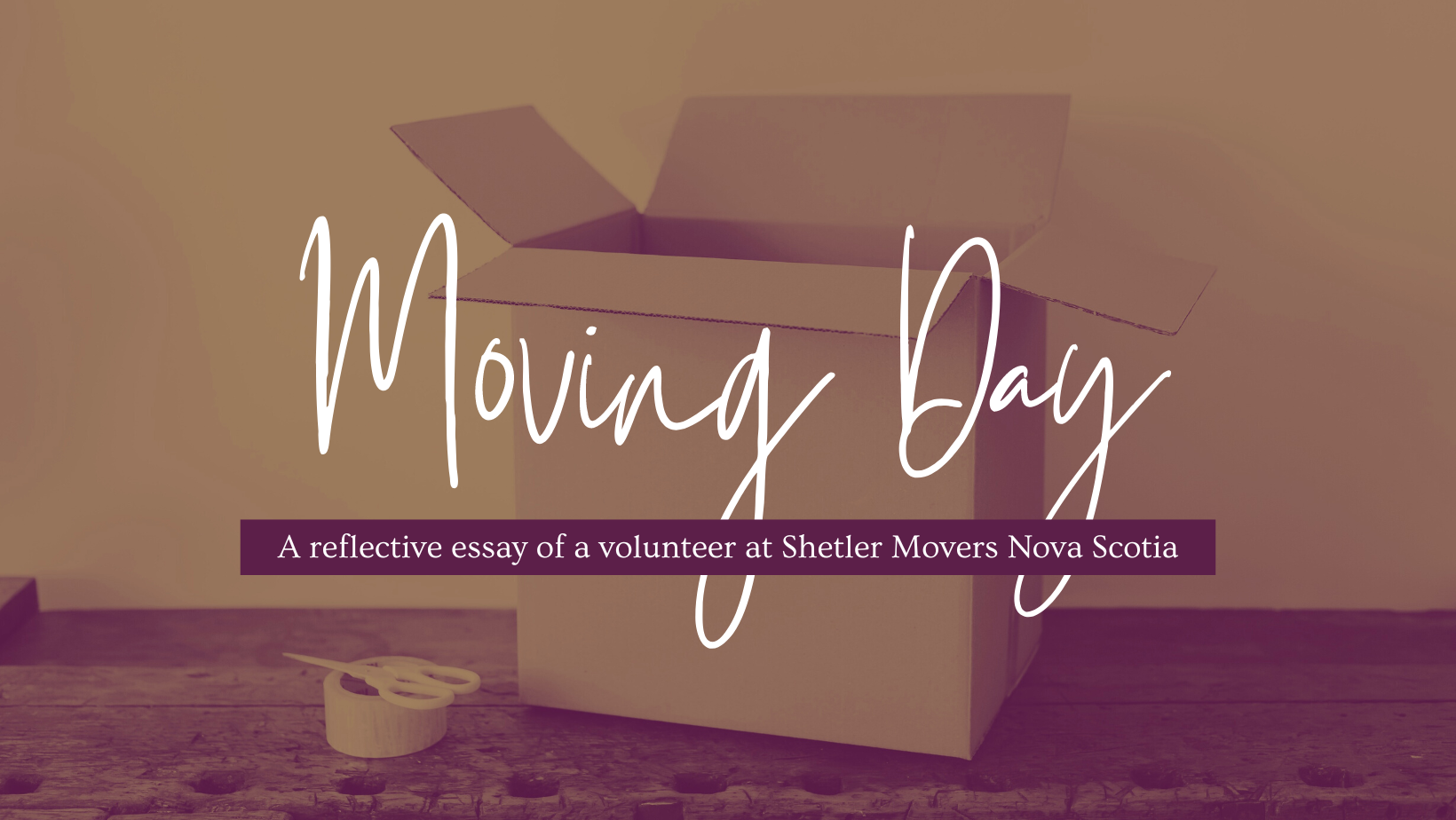A reflective essay
“Excellent, we’re right on schedule. Let’s get our gloves on.” Jennifer looks at me keenly as she holds out a pair of grey protective gloves. She is wearing loose-fitting cargo pants and a comfortable T-shirt that hugs her muscular frame. Her hair is tied back neatly in a ponytail, with strands of blond hair falling gently on her face, which bares no trace of makeup. The shallow wrinkles etched upon her face are the only sign of her age and maturity. She radiates a youthful vitality that defies her years.
Mike arrives a couple of minutes later in a separate vehicle.
“Hey, sorry I am a bit late. Let’s get started!” The young man exudes an air of fitness as he walks by. He is wearing shorts and a black tank top, accentuating his toned and athletic physique. His muscles are well-defined and appear to result from a rigorous workout regimen.
In contrast, I have no muscular definition in my body, no prior experience, and no idea what is about to happen.
We gather around the driveway where we parked the moving truck, introducing ourselves in a brief but enthusiastic manner reminiscent of a football team huddle before embarking on a new season. Although we have just met, the three of us have come together with a common purpose, united in our goal of completing the move.
∞
Shelter Movers is a national, volunteer-powered charitable organization that provides moving and storage services at no cost to individuals and families experiencing abuse. Their unique service, launched in 2019, helps survivors of intimate partner violence by removing one of the most prevalent barriers — moving out of abusive homes with their belongings in dignity. Volunteers gather from different backgrounds and stages in life, but their care for the community unites them as a team as they lend their hands to the most vulnerable community in need.
∞
A woman steps out from the doorway with her two children. She nods at us and ushers her children inside the house neighbouring her own, just steps away from where I stand. Her neighbour greets her as she takes in the two little ones. The two women appear to be as close to each other as the proximity of the two houses. As we wait for the client, I cannot help but notice the excitement on the children’s faces as they peer out from the windows, their eyes full of wonder and curiosity about our arrival. Their playful giggles and animated gestures make it clear that they are eager for this day — moving day.
∞
The training Shelter Movers offers its employees and volunteers extends beyond the basics of lifting boxes and moving furniture. The organization emphasizes empathy, sensitivity, and trauma-informed training, and this approach is particularly vital when working with clients and their children who may have experienced abuse or trauma.
Volunteers are instructed not to ask for or record client names or personal information and to delete any addresses from their phones once the move is complete. Additionally, volunteers are to limit their interaction with clients to essential tasks related to the move. This ensures client privacy is protected and they feel safe and respected throughout the moving process.
∞
“A great day for a move,” Jennifer mentions to the client as she leads us to the open front door.
“Yes, it is.” She nods.
No other words need to be said. We know what the job is, and she knows why we are here.
We enter the home. Drawn curtains block most of the light through the window. Boxes of various sizes stack against the walls, each labelled with its contents. Some furniture already disassembled, with screws and bolts in plastic bags nearby. The frayed edges of the sofa show signs of use. A small plastic play kitchen sits in the corner, surrounded by miniature pots and pans, ragged dolls and a child’s colourful backpack on the floor. A beige rug, wooden dining table, wooden chairs, a silver toaster oven and a small kettle — ordinary items that anyone can find in an ordinary home. But someone made this ordinary house, filled with ordinary items, unsafe for this family.
We don’t ask questions, offer comments or pass judgments. We are the movers from Shelter Movers here to do the job.
∞
According to Canada Femicide Observatory, a woman is killed in Canada every three days, most often by an intimate partner. Statistics Canada reveals that intimate partner violence continues to be a significant issue in Canada. In 2019, there were over 107,810 police-reported incidents of intimate partner violence, with women being the majority of victims at 79 per cent. Those at an even higher risk of experiencing gender-based violence include Indigenous women, LGBTQ2S+ individuals, and those with disabilities.
Although the risk percentages may differ, violence does not discriminate and can affect anyone regardless of age, gender identity, sexual orientation, ethnicity, or socioeconomic status. Intimate partner violence can occur in many forms, including physical abuse, stalking, sexual violence, emotional abuse, financial abuse, cyber violence, spiritual abuse, reproductive coercion and coercive control.
∞
The day is exhausting as we reach the final load, our bodies aching and covered in sweat, bruises, and sores. After working tirelessly for five hours straight, we take a much-needed break to recharge and prepare for the final leg of the journey. The work is only half done. The team soon hits the road, ready to ensure the client’s safe arrival at their new home.
As we begin unloading the boxes and furniture from the truck, my muscles protest the strain they had been subjected to over the past few hours. However, when we open the door to the new home, we are welcomed by a golden ray of light that fills the living room as the sun sets, blanketing the house with a sense of serenity and peace. Although the new space is full of boxes and furniture lying here and there, a wave of elation washes over us.
Despite just being acquainted with the family in need today, we are their comrades as we fight our limits, test our strengths, and flee from the imperceptible ghost that terrorizes them. We stand victoriously in this safe space and find solace in each other’s presence, knowing that we are not alone in this fight, and we will continue to support the most vulnerable people in our community until everyone feels safe in their own homes.
The boxes and furniture we moved may be physical objects, but to our client, they represent the first steps toward a better future. We pack our things and step out of the door. “Thank you.” The woman’s soft voice utters. She smiles.
Those are the only words we need to end our day — a reminder of why we do the things we do.
Her move is over.
Written by: Sophia Hong





